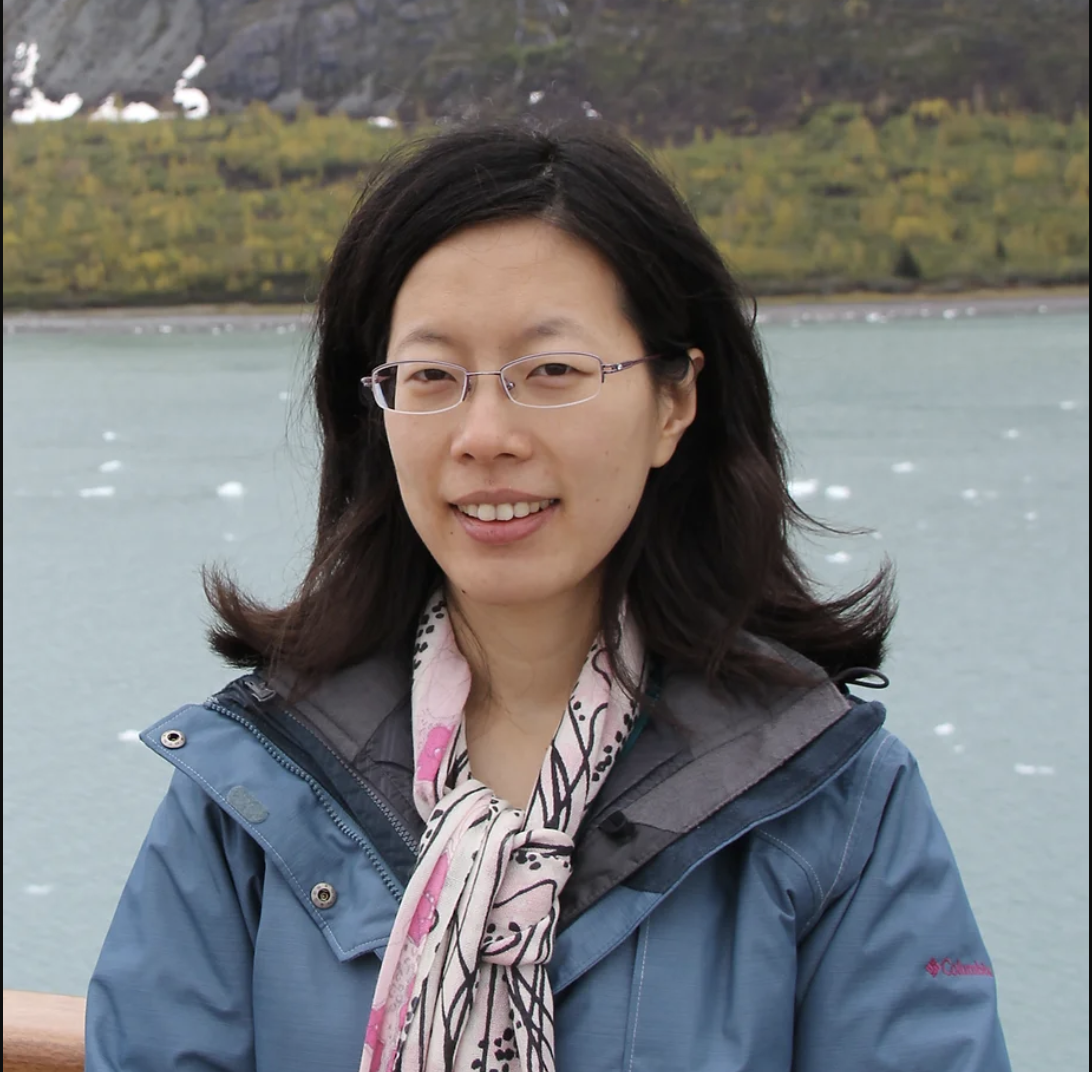
shuyi.nie@biology.gatech.edu
Lab Website
Dr. Nie received her B.S. degree in Biology from Peking University in China in 2002. In 2007, she received her Ph.D. in Cell Biology from the University of Alabama at Birmingham, where she worked on elucidating signaling pathways in vertebrate gastrulation movements. Thereafter, she conducted postdoctoral research in the laboratory of Marianne Bronner at California Institute of Technology. She joined Georgia Tech in Fall 2014.
Assistant Professor
Phone
404-385-3694
Office
EBB 3009
Additional Research
The fundamental question we are trying to answer is how the coordinated cell movements are regulated during animal development. Different groups of cells move to different locations in a growing embryo to give rise to specific tissue and structures. It is a very complex process since the "ground" cells travel on is also undergoing constant rearrangement and growth. We use neural crest as a model to study the mechanisms of cell migration during embryonic development. The neural crest is a vertebrate innovation, comprised of highly migratory stem-like cells that give rise to multiple tissue and structures, including craniofacial bones and cartilages, connective tissue in the heart, enteric nervous system in the gut, and pigment cells all over the skin. Defects in their proliferation, migration, differentiation, or survival lead to numerous diseases and birth defects, including craniofacial and heart malformations as well as different types of cancer. Ongoing studies aim to uncover how their migration is regulated and how do they achieve such extraordinary migratory abilities.
Research Focus Areas
IRI And Role
University, College, and School/Department
Google Scholar
https://scholar.google.com/citations?hl=en&user=NMKiMdMAAAAJ&view_op=list_works
Shuyi
Nie
Show Regular Profile





